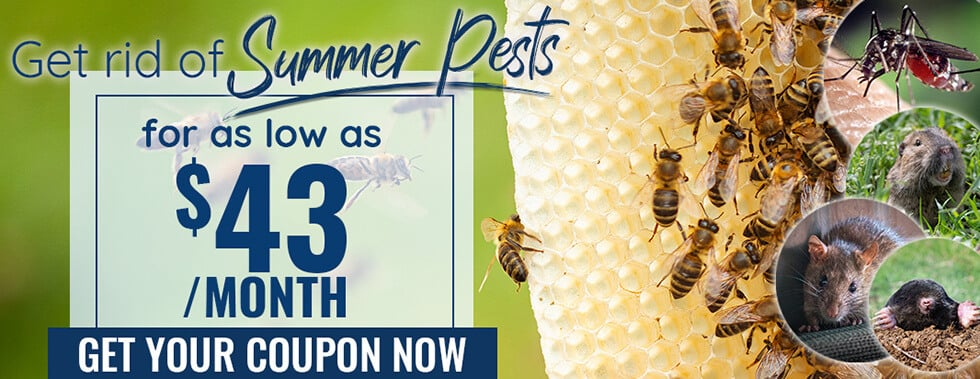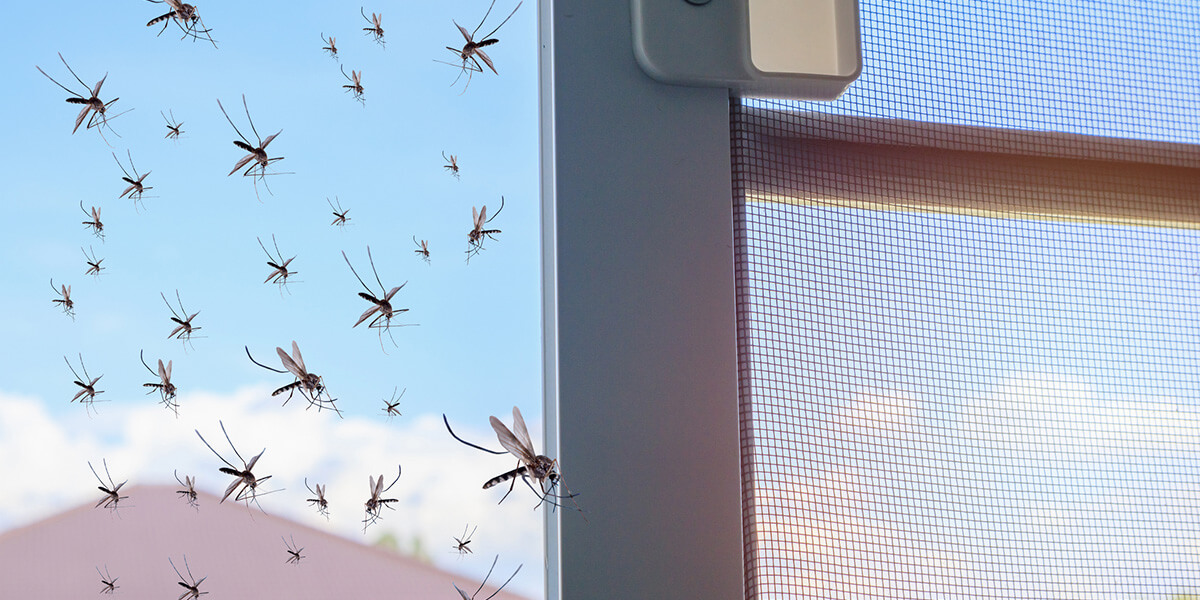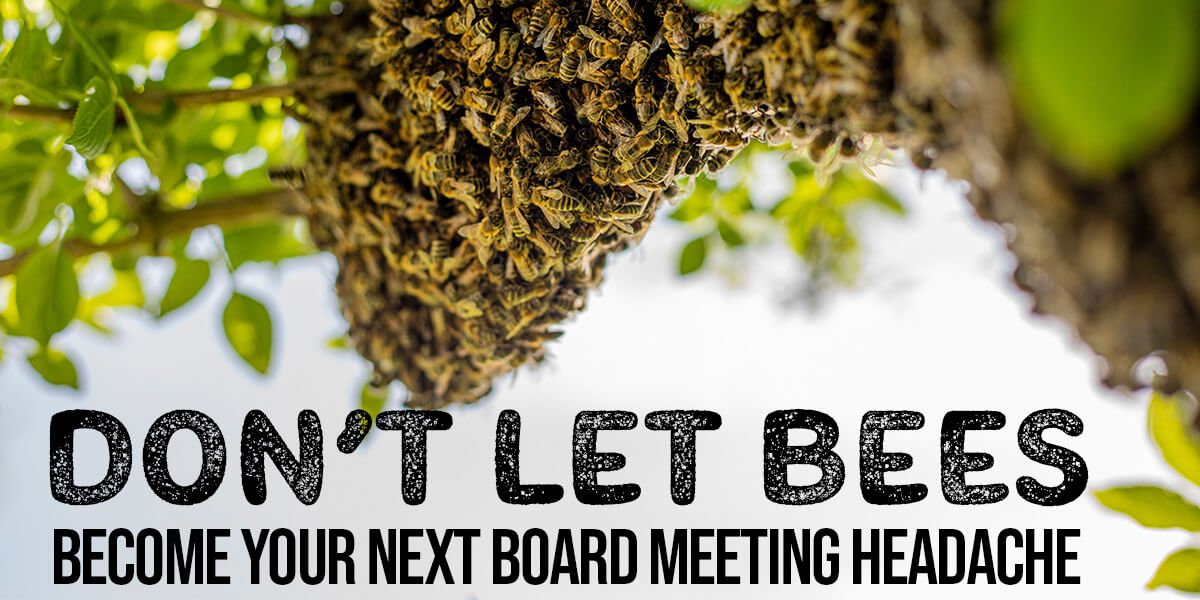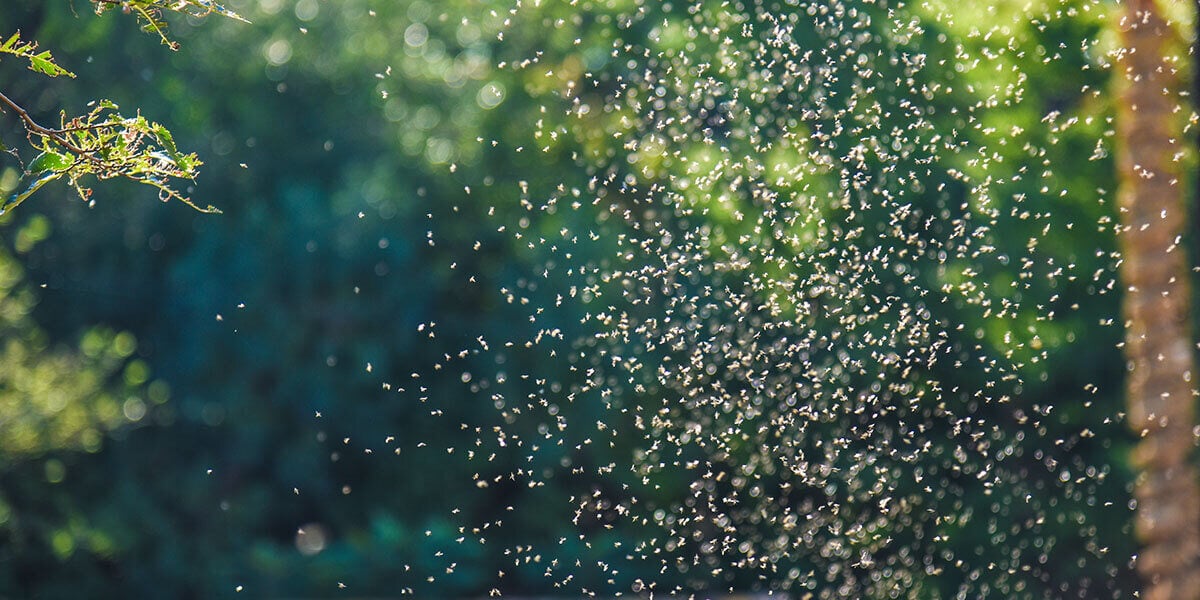The lush landscapes and mild climate in areas like Simi Valley, Santa Clarita, Oxnard, Sherman Oaks, Malibu and Woodland Hills aren't just appealing to humans; they're also a prime habitat for various bee species. Bees play a crucial role in pollination and maintaining ecological balance, but their presence in and around our homes can sometimes be challenging when they've taken up residence in your attic, your backyard shed, your walls or behind the siding. This is why it is crucial for homeowners to understand bee behavior and know how to safely manage and prevent bee infestations. Bees buzzing around flowers in your garden is one thing, but a hive making their home in your living spaces is quite another.
When it comes to bee infestations, any approach should be taken with caution and respect, prioritizing humane methods and conservation. They are vital to the environment, significantly contributing to the pollination of plants that produce fruit, vegetables, and seeds. Recognizing the type of bees and the extent of an infestation is critical, as is knowing when to call in experts who can remove bees safely and effectively. Let’s learn more about safe bee removal and prevention tips.
Why Bees Matter

Bees are among the most industrious pollinators on Earth. They play a critical role in agricultural productivity where about one-third of the food that humans consume each day relies directly or indirectly on pollination by bees. But the impact of their activity doesn’t stop there, it also ensures genetic diversity within plant populations, enhancing the resilience of ecosystems against environmental changes, providing food and shelter for wildlife, promoting biodiversity, and maintaining the structure and stability of native habitats. Moreover, about one-third of the food that humans consume each day relies directly or indirectly on pollination by bees, highlighting their essential role in global food security and the agricultural economy.
The presence of bees in an area is a good indicator of environmental health, so if you see bees around, don’t freak out... Yet! Our main objective will be their conservation to maintain the balance of our local ecosystems, like our gardens and parks.
Identifying a Bee Infestation

Identifying a bee infestation involves observing several tell-tale signs that suggest bees have chosen your home as their new nesting site. Here are some signs to watch for:
- High bee activity around a particular area of your home: If you notice bees frequently entering and exiting a crack or crevice in the building's structure, it’s likely they have established a hive inside.
- Swarming near your property: This happens when a colony splits and the new swarm seeks a new nesting place.
- Bee sounds: A buzzing sound emanating from the walls or ceiling might indicate that a hive is present inside the structure.
- Stains or damp spots: Over time, the buildup of honey in the hive can lead to stains or damp spots on your walls or ceilings because honey and wax can seep through small cracks and crevices.
If you see any of these signs consider calling for professional help because attempting to handle the situation alone can agitate the bees, leading to aggressive behavior and increasing the risk of stings. We offer professional bee removal and relocation services so they can continue to benefit the ecosystem without posing a risk to human inhabitants.
Safe Removal Tips
 Dealing with bees in your home is not an easy task. Even though bees are generally non-aggressive if unprovoked, incorrect handling can lead to defensive behavior, posing risks of stings to humans and pets. Also, we want to make sure that we are preserving the health of bee populations. Here are some tips to consider when removing a hive from your property.
Dealing with bees in your home is not an easy task. Even though bees are generally non-aggressive if unprovoked, incorrect handling can lead to defensive behavior, posing risks of stings to humans and pets. Also, we want to make sure that we are preserving the health of bee populations. Here are some tips to consider when removing a hive from your property.
- Assess the Situation: Before taking any action, it’s important to assess the type of bee and the location of the nest. This can typically be done by observing the bees’ behavior and appearance from a safe distance. European honeybees are common and less aggressive, while Africanized bees are more defensive and pose greater risks.
- Contact Professionals: Many homeowners try DIY methods, but, when it comes to infestations, especially with large hives or when bees are within the structure of your home, the safest solution is to contact professional beekeepers or pest control experts who specialize in bee removal.
- Live Removal and Relocation: Professionals like AIPM often use techniques to calm the bees and protective gear to avoid stings. We can carefully remove the hive or swarm and relocate it to an apiary where the bees can continue to thrive without posing a risk to your home, family or pets.
Prevention Strategies
After the bees have been safely removed, preventing future infestations is key. Here are some ways to prevent bees getting the best of you:
- Seal Entry Points: Seal any cracks, crevices, or gaps around windows, eaves and roof lines where bees could enter.
- Remove Attractants: Keep your yard free from excessive clutter, debris and overly dense vegetation where bees could nest.
- Maintain Regular Inspections: Regularly check your home and yard for signs of bee activity, particularly in the spring when bees are more likely to establish new hives.
Why Professional Bee Control is Crucial for Home Safety
.jpg?width=400&height=200&name=Beehive%20Relocation%20-%20removal%20(2).jpg) When you have a bee infestation or you’re dealing with a large hive or swarm, professional bee control is essential for your safety. The location of these hives often poses unique challenges; they may be found high in attics, within walls, or even in difficult-to-access eaves, making safe removal complex. We at AIPM are equipped with the specific tools and protective gear needed to safely extract hives from these challenging locations without causing harm to the bees or the residents. Our technicians are trained to distinguish between different species of bees, such as the more aggressive Africanized bees and the more docile European honeybees, which is crucial for determining the appropriate removal strategy. This expertise ensures that the removal process is conducted safely and effectively, reducing the risk of structural damage and aggressive interactions with the bees.
When you have a bee infestation or you’re dealing with a large hive or swarm, professional bee control is essential for your safety. The location of these hives often poses unique challenges; they may be found high in attics, within walls, or even in difficult-to-access eaves, making safe removal complex. We at AIPM are equipped with the specific tools and protective gear needed to safely extract hives from these challenging locations without causing harm to the bees or the residents. Our technicians are trained to distinguish between different species of bees, such as the more aggressive Africanized bees and the more docile European honeybees, which is crucial for determining the appropriate removal strategy. This expertise ensures that the removal process is conducted safely and effectively, reducing the risk of structural damage and aggressive interactions with the bees.
We also know and understand the importance of complete hive removal. Leaving behind parts of the hive or remnants of honeycomb can attract other pests, such as ants, roaches, or even other bees, to the same location, creating a recurring problem. Plus, decomposing hive materials can cause structural damage and unpleasant odors. We will make sure that all traces of the hive are removed and can offer you exclusion services to seal off entry points and prevent future infestations.
Conclusion
Dealing with bees in your home requires a balanced approach that respects the environmental role of bees while protecting your home, your family and pets. As you understand the nature of bee infestations, the importance of professional removal and preventive measures, you can manage these situations safely and effectively. Remember, bees are generally beneficial and play a critical role in our ecosystem, so every effort should be made to relocate rather than harm them. This approach ensures that you can enjoy your home without disturbance while contributing positively to environmental conservation.

.jpg)







Submit a Comment